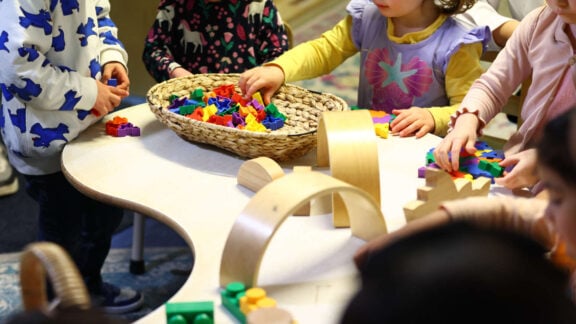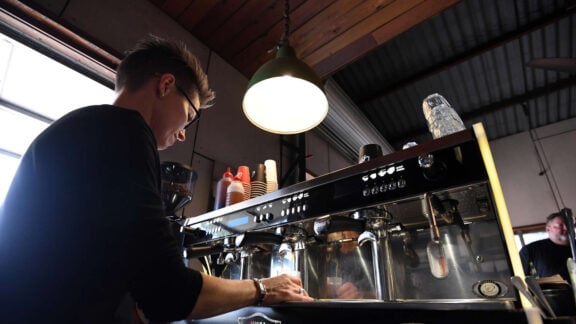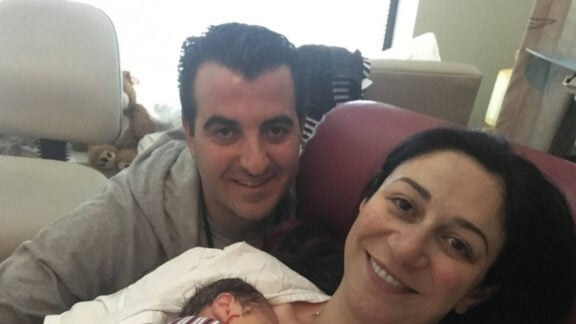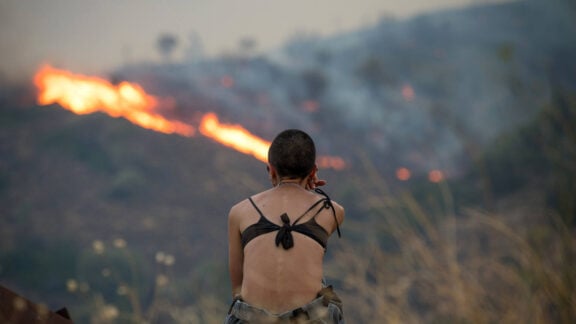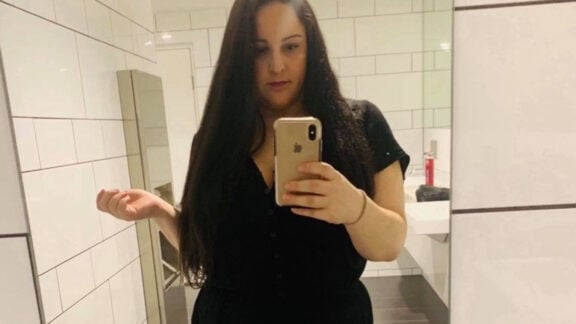Nursing homes as well as hospitals across the country have been called on to help manage the spread of the Omicron variant of COVID-19 which according to public health experts had reached its peak in January and was now in decline.
The reduction in the numbers of those affected while encouraging does not yet signal the end of the pandemic.
While Omicron is a milder variant of COVID, it is according to public health experts, still a threat particularly to the most vulnerable, namely the elderly, people with underlying health conditions or disabilities and the unvaccinated.
According to recent federal government figures, more than 400 seniors died in nursing homes of COVID-19 out of the national total for COVID-19 of 1,400 deaths- about one in three deaths nationally occurred in aged care facilities and a significant proportion of those who died were aged 70 or more.
On 26 November, when there were 29 active COVID cases in nursing homes across Australia, the World Health Organisation announced a new COVID-19 variant that it dubbed Omicron. On 28 January there were 9,364 active cases among the elderly in Australia (1,891 cases in Victoria, 4,470 in New South Wales) and 14,257 aged care staff members were affected (2,780 in Victoria).
READ MORE: Experts say Omicron has likely peaked in Australia while NSW faces its deadliest day yet
Call for emergency measures
The Chief Executive Officer of Aged and Community Services Australia (ACSA) Paul Sadler called on the federal cabinet to take emergency measures in an emergency situation.
“Two years of pandemic hardship had already put the aged care workforce on the brink, and older people at risk. The explosion in Omicron cases has left homes in lockdown and caused serious staff shortages across residential and home care. We cannot pretend this won’t have a serious effect on the older people in our care. The kind of tragedy that can eventuate from large numbers of workers being furloughed during the pandemic cannot be repeated,” Mr Sadler said in a statement issued in January.
He called on cabinet to provide consistent national rules that “allow essential staff that are close contacts to provide care with appropriate PPE when alternative staff are not available.”
He also called for increased investment in aged care surge workforce as it was not meeting current demand and for the provision of Rapid Antigen Testing (RAT) kits for residential and aged care clients, staff and their families.
Mr Sadler also called for health care staff, including aged care, to be granted access to PCR tests and guidelines be introduced that balanced infection control and social supports so that triple-vaccinated older people were not unnecessarily isolated during lockdowns.
“Aged care providers cannot resolve this by ourselves. The federal government and National Cabinet must step in to guarantee quality care for older Australians. The measures we have asked National Cabinet for are straightforward and realistic. There is no reason we cannot see a commitment to these measures when National Cabinet next meets,” Mr Sadler said.
Federal Health Minister Greg Hunt in commenting on the high number of deaths in nursing homes said that while the deaths from COVID-19 were accurate and a national loss 60 percent of the cases were in palliative care.
Annie Butler, the Federal secretary of the Australian Nursing and Midwifery Federation said the minister’s response reflected a lack of respect for the elderly.
Federal bonus for aged care staff
Mr Hunt announced on Tuesday, that the federal government would provide $210 million to support aged care staff in their care of the elderly during the pandemic. A bonus of $800 would be made in two instalments of up to $400 each.
“The Government is providing these bonus payments to aged care workers in recognition of their dedication in continuing to care for our vulnerable older Australians during these difficult times,” Mr Hunt said.
On Wednesday, 2 February, nursing organisations condemned the federal government’s failure to protect nursing home residents, nurses and care workers who were “doing their utmost in a sector that has been overwhelmed by COVID. And at a time when the latest COVID outbreaks continue to claim lives in Australia’s nursing homes.
Nurses’ recommendations
The nursing organisations said in a statement on 2 February, that the federal government had failed to plan and ensure adequate surge workforce capacity; had not addressed dangerous aged care sector staff shortages and had not acted decisively on the Aged Care Royal Commission findings “… despite knowing the pain and suffering that chronic understaffing has caused across the sector for so many years.”
They recommended a two-week booster blitz in nursing homes across the country using state services, army health personnel and nurse practitioners and vaccinators. They also called for family and carers to visit their elderly to provide “supplemental social and emotional support” as well as help with feeding mobilising and diversional therapy.
They also called for funding for supplemental staff from agency and community care.
Fronditha prepared
The CEO of Fronditha Care Faye Spiteri OAM told Neos Kosmos that her organisation “was prepared to manage the risk of outbreaks in its residences. Unfortunately, with the rapid spread of the virus, in the past two months, the organisation experienced outbreaks in some of its facilities.”
“Fronditha Care implemented its COVID-safe plans and proactively sourced RAT tests, PPE, air purifiers, hosted booster clinics and has worked with State and Federal Governments to mitigate risk of infections for its residents and staff.”
She said that the organisation anticipated that there would be ongoing outbreaks but it was focused on ensuring that it had the mechanisms and resources in place to live with “COVID normal”.
Cases Australia wide
According to information across Australia (except for Western Australia whose figures were not available at the time of writing) there were 70 deaths attributed to COVID-19. However, the consensus among public health experts was that the crisis point of the Omicron outbreak had passed with case numbers having fallen from 150,000 on 13 January to 40,000 reported on Wednesday, 2 February. The number of hospital patients being treated over the same period has fallen from 5,500 to 4,500.
This week Victoria recorded 25 deaths with 14,553 new cases on 2 February (10,053 on Monday and 11,311 on Tuesday). There were 768 patients in hospital with 99 in intensive care and 31 intubated.
In New South Wales, there were 27 deaths and 11,807 new cases. There were 2,622 patients of whom 170 were in intensive care and 72 were intubated.
Queensland reported 16 deaths (seven in nursing homes), 9,630 new cases and 763 in hospital with 49 in intensive care. Among those receiving treatment was a 10-year-old child who had a “very serious, rare, underlying medical condition”.
South Australia reported one death, 1,723 new cases of which 233 were hospitalised and 21 were in intensive care.
The Northern Territory also reported one death. There were 1,201 new cases. 129 people were in hospital and 21in intensive care.
Tasmania had 66 new cases, with 13 people in hospital an five were in intensive care.
In the Australian Capital Territory, there were 549 new cases with 61 in hospital and one person receiving intensive care.
Victorian RATs
The Victorian government will provide support to Lumos Diagnostics and its delivery partner Planet Innovation to set up a manufacturing facility and innovation hub in the state to make RAT kits for the state.
If Therapeutic Goods Administration (TAG) provides its approval, Lumos will from April produce one million test kits a month, ramped up to three million after July to reach full production by October to produce up to 50 million RATs a year. The company already supplied Canada and Europe.

